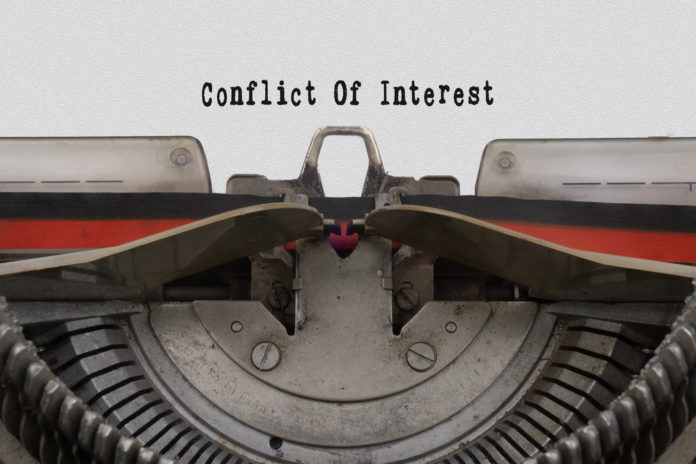Share:
The government had hired one of the awardee’s former vice presidents. The protester said this hiring created an appearance of impropriety. But the court found the protester had not provided the “hard facts” needed to support a disqualifying impropriety. In fact, the court found the protester’s allegations barely rose to the level of innuendo.
L3Harris Technologies, Inc. v. United States, COFC No. 24-129C
- Disregarded Requirement – The protester challenged the award of a contract to develop weather satellites. The protester contended that in evaluating the awardee’s technical approach, the agency disregarded a requirement for a “lowest risk, highest maturity” design solution. But the court found that while the solicitation’s section L instructions referred to a “lowest risk, highest maturity” solution, this was not listed as an evaluation criteria of section M.
- Misassigned Weaknesses – The agency assigned the awardee a weakness under the management factor for its technological readiness. The protester argued this weakness should have been assessed under the more heavily weighted technical factor. But the court found the agency had properly assigned the weakness under the management factor. The awardee’s technological readiness created schedule risk, not technical risk.
- Cost Realism – The protester said the agency botched the evaluation of the awardee’s cost realism. The protester claimed the agency had not adjusted the awardee’s labor hours enough. The court, however, found the agency had sufficiently adjusted rates, and the court would not second guess the adjustment. The protester also said the awardee’s price omitted costs for spare parts. But the court found this argument was wrong. The awardee had included the costs of spare parts.
- Unequal Treatment – The protester claimed the agency engaged in disparate treatment by upwardly adjusting the protester’s costs for spare parts while not adjusting the awardee’s. But the court found that the protester’s spare parts program was not substantively indistinguishable from the awardee’s.
- Appearance of Impropriety – The agency had hired an individual who had been a vice president with the awardee, heading up the awardee’s satellite business. The protester alleged this hiring created an appearance of impropriety that should have excluded the awardee. But the court noted that a plaintiff needs to provide hard facts showing a government impropriety. Here, the court found the protester had not provided hard facts; indeed, the protester’s allegations barely rose to the level of suspicion and innuendo. The record showed the individual hired by the government had been walled off from the procurement process, and that everyone in the agency had been told off the importance of keeping her walled-off. Moreover, she had divested her interest in the awardee. The court did not see a conflict.
The protester is represented by Andrew E. Shipley of Wilmer Cutler Hale Pickering Hale and Dorr LLP. The intervenor is represented by Luke P. Levasseur of Mayer Brown LLP. The government is represented by Stephen C. Tosini of the Department of Justice.
–Case summary by Craig LaChance, Editor in Chief
Share:





